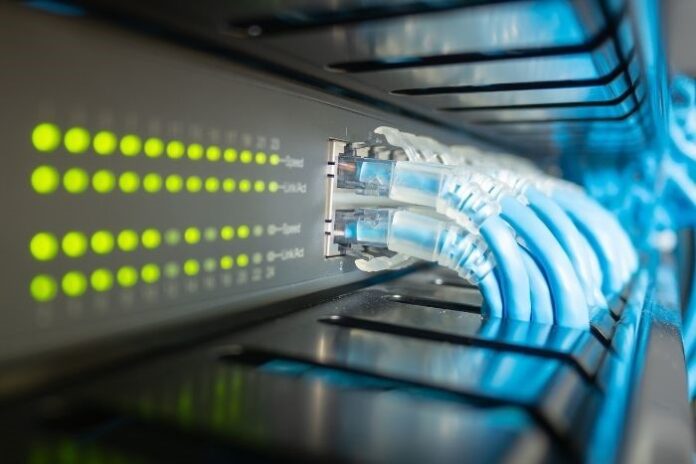Ethernet cables can connect a network of devices to the internet in place of Wi-Fi signals. Although most people today are more familiar with Wi-Fi, ethernet can be appealing because of certain benefits that it holds over the former. When setting up a home or business network, you should weigh the advantages and disadvantages of ethernet before automatically going with Wi-Fi.
Advantage: Greater Rapidity
Ethernet provides much faster speeds than Wi-Fi. You may attain around 10 Gbps with ethernet cables without too much trouble, whereas Wi-Fi hovers around only 1000 Mbps. The direct contact that ethernet cables make from routers to computers and vice versa gives them this potential. For basic functions, such as using word processors or checking emails, the difference in speed doesn’t mean much. However, when you need to support applications that feature video or download/upload large amounts of data, ethernet is preferable.
Disadvantage: Limited Flexibility
Of course, ethernet cables have less flexibility than Wi-Fi signals. You face constraints on cable length and bend radius. You may not be able to arrange a desk or workplace exactly how you want it since you must accommodate the additional wires. Also, ethernet is not suitable when you use smartphones and tablets often since you won’t be able to move around much when linked to your network by ethernet.
Advantage: Higher Reliability
Wi-Fi is susceptible to outside interference, which can disrupt your activities as you experience frequent and random moments of disconnection or extreme slowness. Radio waves from nearby devices as well as tangible objects and walls can block Wi-Fi signals at times. With ethernet, you have assurances that your network connection will remain steadfast so long as the cable is functional and plugged in. If you are in an area where neighboring networks are numerous or barriers weaken Wi-Fi, ethernet can be a better choice.
Disadvantage: Physical Vulnerability
Each ethernet cable comes wrapped in a protective jacket to guard against hazards that would damage the inner wires and hurt their functioning. However, if that jacket rips and exposes the wires, your cables can quickly cease to work. Common conditions such as temperature changes and liquid spills can hurt them. Moreover, ethernet cables may break simply through physical force. Some would rather not worry about these potential perils. Learn what happens when water gets inside ethernet cables or they encounter extensive heat and cold so that you can carry out actions to protect them.















